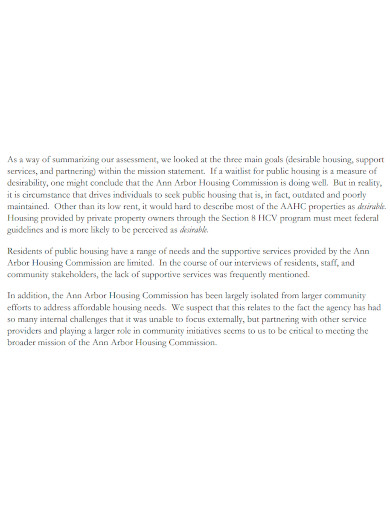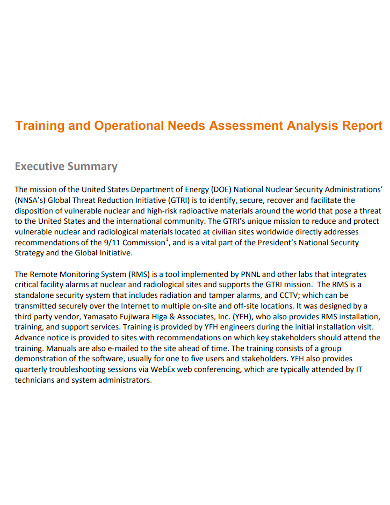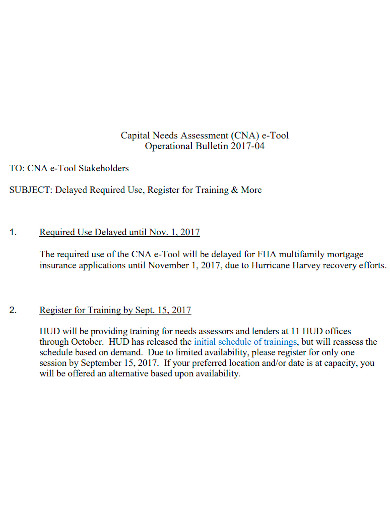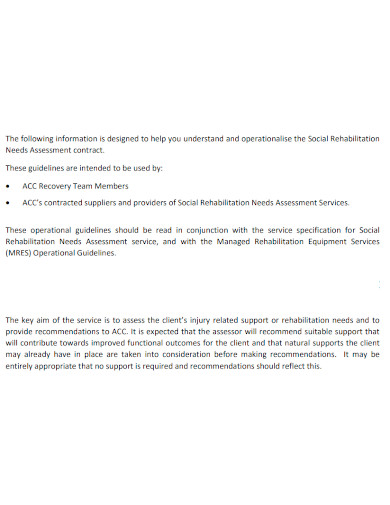An analysis of a person’s current level of knowledge, interest, ability, and attitude toward a particular topic is what’s known as a needs assessment, and it’s a methodical approach that studies those factors. The primary purpose is to gain an understanding of the relevant issues in order to assist in the development of an efficient educational program. Effective programs are those that center their attention on the specific requirements that have been documented. Every needs assessment must provide a variety of ways to become aware of both the unmet needs and the work that has already been accomplished. Therefore, educators will need to make decisions based on accurate information regarding the required investment in order to achieve or have an impact on the educational programming. Each and everyone needs assessment has the same overarching goals. It includes learning what the audience already knows in order to determine what kind of educational services are needed in the process and understanding what could you possibly do to make those services useful and accessible. In addition, it involves learning what could you possibly do to make those services more accessible. You will be able to gain a better understanding of the components that make up an operational needs assessment after reading this article.
4+ Operational Needs Assessment Samples
1. Operational Needs Assessment Sample
2. Operational Needs Assessment Report
3. Training and Operational Needs Assessment
4. Operational Capital Needs Assessment
5. Operational Needs Assessment Format
Components of an Operational Needs Assessment
- Write objectives
Consider what it is that you hope to take away from the needs assessment and ask yourself that question. - Select audience
You need to decide who your target audience is, determine whose needs you are trying to measure and decide to whom you will give the information that is necessary or required. - Collect data
When it comes to data collection, what approach are you planning to take? Are you going to collect the data directly from the people who are a part of your target audience, or are you going to do it indirectly? - Select Audience sample
You need to ask yourself how you intend to go about selecting a sample of respondents who will be able to accurately represent your intended audience. - Pick an instrument
Consider whether you are going to collect data using an instrument or a method, and decide which one you will use. - Analyze data
Consider how you are going to analyze the data that you have gathered and ask yourself how you will do it. - Follow-up
How exactly do you plan to put the information that you have gathered to use? Take into account the fact that the formation of decisions must follow the conclusion of a needs assessment for the process to be considered finished.
Every needs assessment can either be a document that is tailored to a specific circumstance or it can be an activity that is typically carried out for a group, organization, or other entity to ensure the efficiency of the group in relation to its mission. The goals of the evaluation ought to have some connection to the overarching goals of the organization or of the educational establishment. When conducting a needs assessment for the general public, the goals should place a greater emphasis on the enhancement of the current situation through the acquisition of new information and the modification of existing circumstances.
Its goals shouldn’t just be limited to gathering specific information about people’s already-existing knowledge and abilities. In order to accomplish these goals, you will also need to conduct research into potential solutions and your personal preferences. You just need to keep in mind that a needs assessment ought to be something exhaustive in order to be able to design a particular program that enables you to create a connection between the present circumstance and the future.
FAQs
What does a needs assessment provide?
It gives you insights about how a specific training or education can have an impact on the audience, knowledge about the various approaches, awareness of the existing programs to have efficient use of the available resources, information with regards to the current situation, knowledge regarding the demands of the future programs, and credibility that the program is serving in the target audience.
What are the two types of needs assessment?
This is the assessment of both the direct and indirect needs. An informal study in which you collect data from a specific client is an example of what is meant by the term “direct needs assessment.” This is what is accomplished when formal research methods are used. Any time is a good time to conduct an indirect needs assessment, and it does not necessarily require the same level of investment, particularly in implementation and analysis.
In most cases, conducting a needs assessment serves a variety of purposes, each of which will unquestionably have an impact on the manner in which a specific project will be approached. Check out the educational needs assessment samples and templates that are provided in this article for your use as a point of reference if you would like to see additional examples and formats.
Related Posts
FREE 10+ Sample Network Assessment Templates
FREE 10+ Operations Management Plan Templates
FREE 10+ IT Assessment Templates
FREE 9+ Military Operational Plan Samples
FREE 7+ Sample Case Analysis Templates
FREE 7+ Sample Operation Manual Templates
FREE 7+ Sample Assessment Plan Templates
FREE 5+ Qualitative Research Plan Samples
FREE 16+ Weekly Report Samples
FREE 16+ Business Analysis Samples
FREE 12+ School Operational Plan Samples
FREE 11+ Risk Assessment Templates
FREE 10+ School Development Plan Samples
FREE 10+ Organizational Analysis Samples
FREE 10+ School Development Plan Samples





